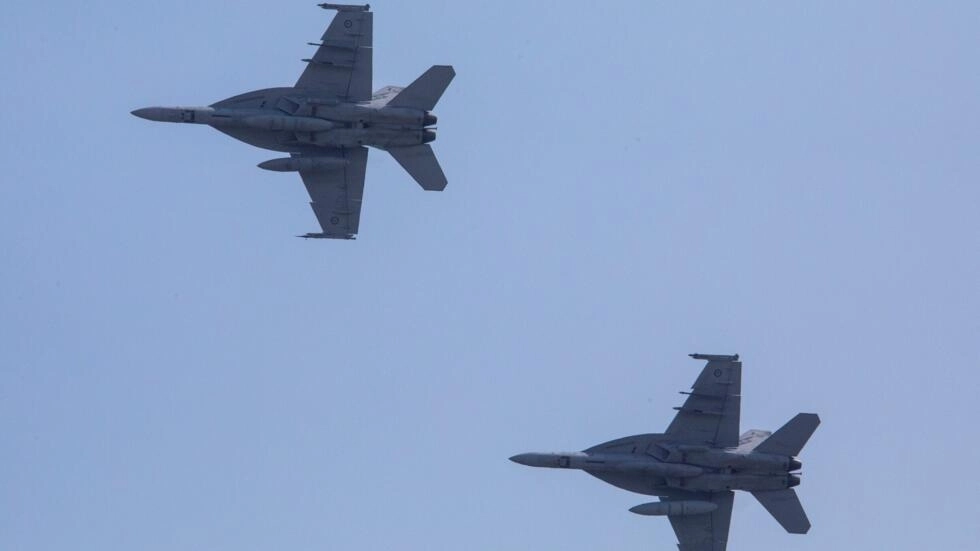Australia’s Defence Minister said that it will alter its emphasis to preventing foes from reaching its shores via the sea, the air, and the internet as it deals with a more confrontational China.

Australia’s largest military overhaul in decades was presented on Monday, focusing the armed services on thwarting potential adversaries far from its borders.
Defence Minister Richard Marles drew a future in which Australia would have far longer-range strike capabilities and declared that the long-standing territory-focused strategy was “no longer fit for purpose.”
A crucial component of Australia’s new plan has already been made public: the creation of stealthy, long-range nuclear-powered submarines.
On top of that, the Australian Defence Force will get the ability to launch long-range missiles from both the air and the ground.
This year, the Navy’s surface combatant fleet will undergo a brief independent evaluation to make sure that its size, organisation, and makeup match the capabilities offered by the new nuclear-powered submarines.
The defence revamp
The Australian army will place a stronger emphasis on coastal protection, especially in the vast north of the nation.
A proposal to buy 450 infantry fighting vehicles will therefore be reduced to just 129.
Australian military strategists have closely watched China’s military development out of concern that Beijing’s current powerful capabilities could be used to effectively block off Australia from economic partners and international supply lines.
According to the study, the resurgence of China and the United States’ major power strategic rivalry “should be seen as the defining feature of our region and time.”

The review considers the enormous sums of money that the previous administration gave to the armed services. In view of anticipated threats, particularly one from China, which is growing more and more powerful, it reevaluated previous actions.
The assessment also recommended strengthening ties with Japan and India in particular, as well as other significant allies and neighbours in the area. The potential of a major conflict in the area, it was stated, poses the greatest level of strategic risk to Australia.
Recommendations of the review
The first of the review’s six goals is the creation of a nuclear submarine programme. Additionally, this was previously indicated in the AUKUS agreement between the US and the UK.
It also recommends speeding up the acquisition of long-range attack missiles and increasing Australian weapon production. Additionally, the country aspires to fortify its defence alliances with its nearby neighbours, particularly those in the Pacific.
Technical upgrades are required for the F-35A Joint Strike Fighter and the F/A-18F Super Hornet in order to use long-range anti-ship missile systems. An urgent recruitment campaign is also necessary to raise the size of the ADF workforce and the number of workers in shipyards necessary to increase the submarine force.
China’s threat
There is little question that Beijing’s significant military spending and increased sabre rattling are the primary forces behind the reforms, even if “China” is only mentioned nine times in the review and never in the context of an enemy.
The study, using another word for the Asia-Pacific, stated that “this build-up is occurring without transparency or reassurance to the Indo-Pacific region of China’s strategic intent.”

In the Indo-Pacific, “China’s assertion of sovereignty over the South China Sea threatens the global rules-based order in a way that adversely impacts Australia’s national interests.”
Chinese military spending broke a record last year, reaching $292 billion, according to the Stockholm International Peace Research Institute (SIPRI), marking the 28th year in a row that rises have occurred.













